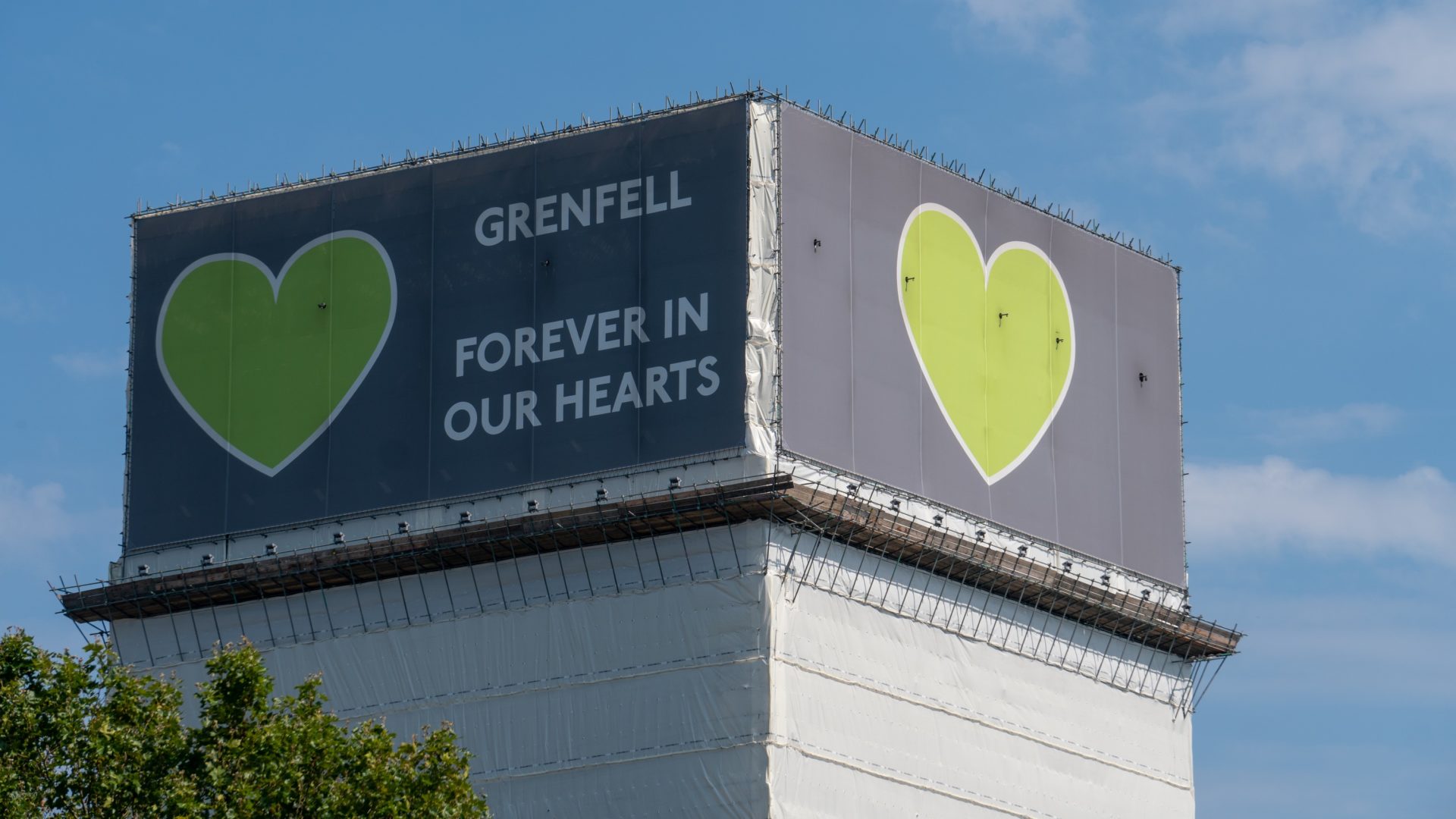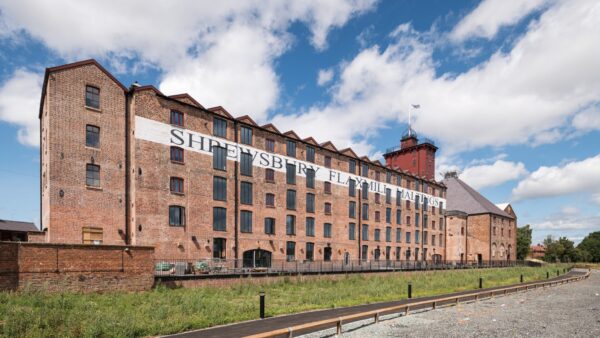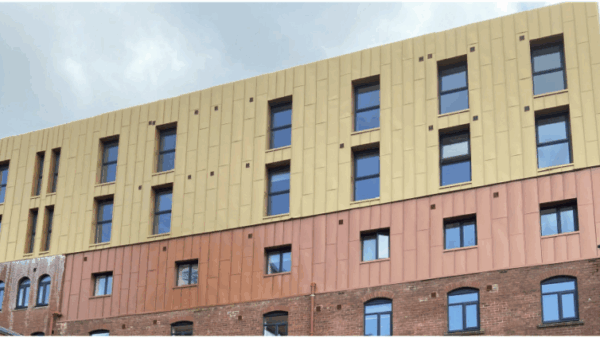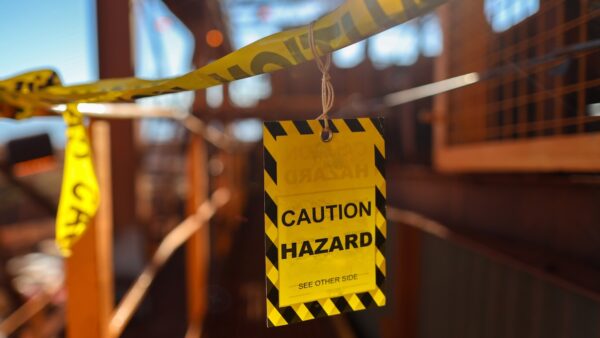Exactly four years on from the Grenfell Tower disaster, on 14 June 2017, CM looks back on the key events that have happened since, as the construction industry faces up to a different regulatory regime.

14 June 2017: Fire breaks out at the 24-storey Grenfell Tower in North Kensington, West London, just before 1am. The fire caused a total of 72 deaths, including two people who later died in hospital. Another 70 people were injured and more than 223 escaped.
14 September 2017: The Grenfell Tower Inquiry starts work to investigate the causes of the fire and other related issues.
16 May 2018: Building a Safer Future, Dame Judith Hackitt’s independent review of Building Regulations and fire safety is published, setting out more than 50 recommendations on how to deliver a more robust regulatory system. Hackitt exposed “deep flaws” in the existing system and warned of a culture issue across the construction sector which she described as a “race to the bottom”.
21 December 2018: The government enforces a ban on the use of combustible materials in the external walls of residential buildings over 18m tall.
6 June 2019: Contractors including Wates, Kier, and Willmott Dixon launch a new Building Safety Charter in a call to raise the bar across the industry. The firms were all part of an Early Adopters Group, established in summer 2018 following Dame Judith Hackett’s independent review of Building Regulations and fire safety.
June 2019: The government opens a consultation on proposals for a “radically new building and fire safety system”. The consultation details the concept of dutyholders: Those with a clear responsibility throughout design, construction and occupation of in-scope buildings. It also outlines plans for a new building safety regulator to provide oversight of the building safety regulatory regime.
October 2019: The first phase report of the Grenfell Tower Inquiry is published. It finds that the building’s exterior did not comply with Building Regulations and was the main cause of the fire spread, while the fire service was too late in advising residents to evacuate.
January 2020: The second phase of the Grenfell Tower Inquiry, examining the cause of the fire, begins, although covid-19-related delays to hearings mean that a phase two report is not expected until 2022.
March 2020: The government announces a £1bn Building Safety Fund for the removal of all forms of dangerous cladding from high-rise buildings. The money is in addition to the £400m it pledged for the removal of ACM cladding from social housing tower blocks in 2018, and the £200m for the private sector in 2019.
20 July 2020: The Draft Building Safety Bill is published. The Bill promises a “new era of accountability”, making clear the responsibility for managing safety risks throughout the life cycle of the buildings, as well as sanctions for hose who fail to meet their obligations. As part of the draft Bill, the government asked the Health and Safety Executive to establish a new building safety regulator to oversee the safe design, construction and occupation of high-risk buildings.
5 October 2020: The Competence Steering Group publishes its Setting the Bar report, aimed at improving competence and driving culture change in the built environment and fire industries. The CSG is made up of 150 institutions and associations working across the built environment and fire safety sectors and was set up to tackle competency shortcomings following the independent Hackitt Review into Building Regulations and fire safety.
February 2021: The government promises another £3.5bn for the removal of unsafe cladding from high-rise buildings over 18m – or above six storeys – in England. The new levy is to be paid for by a new tax on the residential property sector from 2022.
19 April 2021: Remediation of combustible aluminium composite material (ACM) cladding on high-rise publicly owned buildings in England is nearing completion, with work complete or started on 98% of buildings identified. The private sector continues to move at a slower pace, with 87% of 188 buildings having either completed or started remediation, according to the latest Building Safety Programme figures from the Ministry of Housing, Communities and Local Government (MHCLG).
11 May 2021: The Queen’s Speech includes 30 pieces of legislation due to be passed this year, including the Building Safety Bill and Planning Bill.
27 May 2021: An official definition of the “golden thread” is approved.
May 2021: It emerges that more robust propping will need to be installed at Grenfell Tower this summer as the building’s condition worsens. A report from Atkins recommends that the deconstruction of the Tower should take place “at the earliest opportunity” and no later than May 2022, just shy of the fifth anniversary of the disaster.
Comments
Comments are closed.












deconstruction?
Is that a euphemism for demolition?!